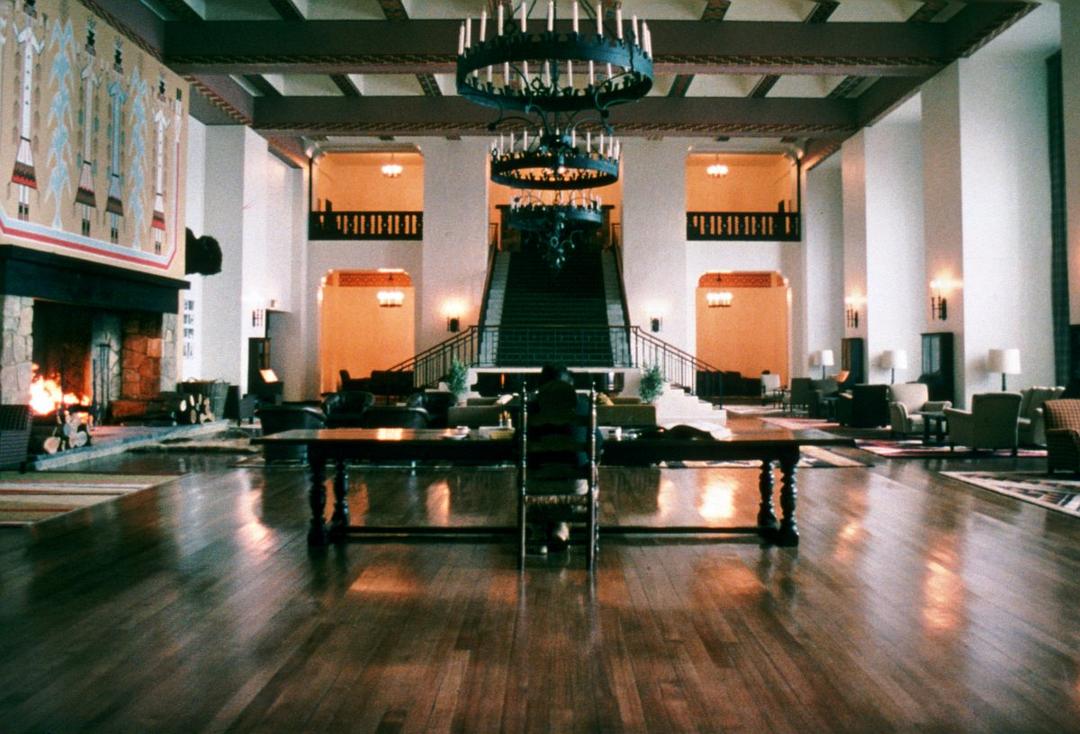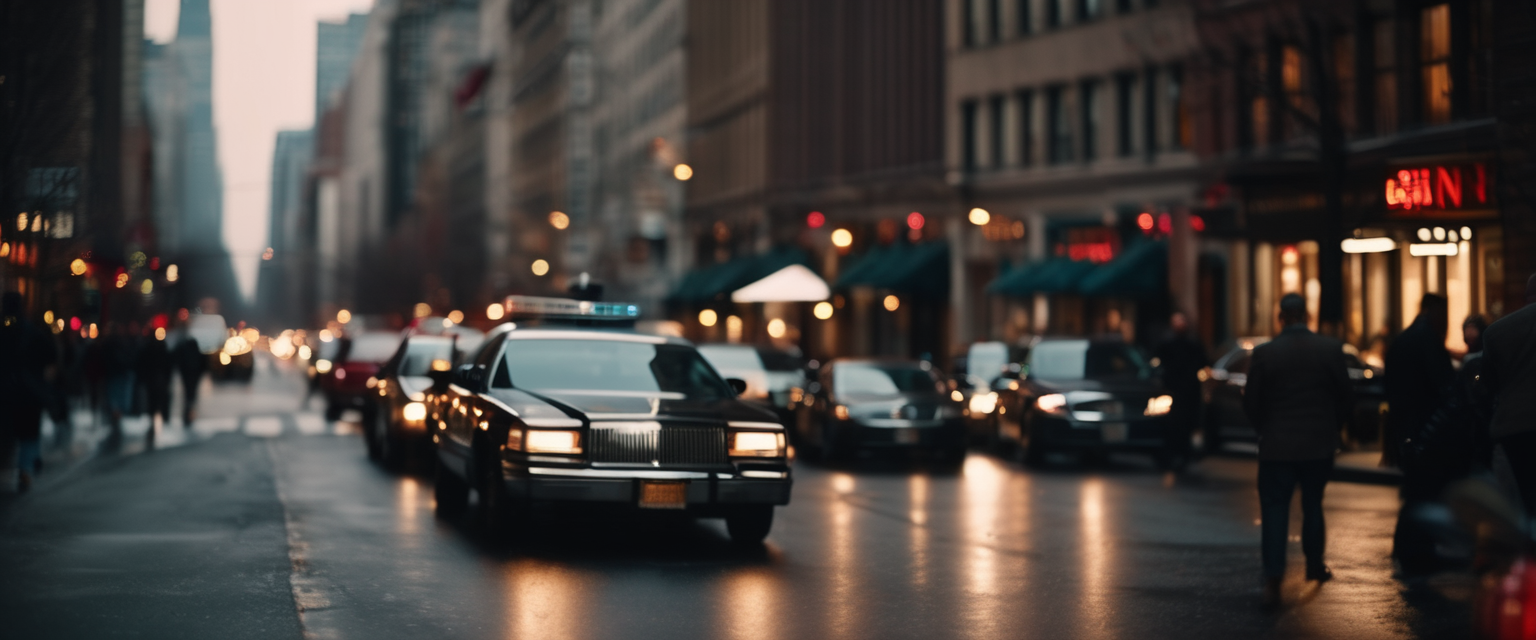The art of cinematography is not just about capturing images, but also about crafting a visual language that evokes emotions and tells a story. One of the most powerful tools in a cinematographer’s arsenal is the use of color. Color in cinema can be used to set the mood, convey symbolism, and even influence the audience’s perception of characters and events.
The Psychology of Color
Color has a profound impact on our emotions and perceptions. Warm colors like red, orange, and yellow are often associated with passion, energy, and excitement, while cool colors like blue and green can convey a sense of calm and tranquility. Filmmakers can use these associations to their advantage, carefully selecting color palettes that align with the desired emotional tone of a scene.
For example, in the film “The Shining”, director Stanley Kubrick used a striking contrast between the warm, inviting tones of the Overlook Hotel’s interior and the cold, ominous blues and grays of the exterior.

This contrast not only created a sense of unease but also reinforced the theme of the hotel’s sinister nature lurking beneath its welcoming facade.
Color as a Storytelling Device
Beyond setting the mood, color can also be used as a powerful storytelling device. Filmmakers can use color to symbolize character arcs, highlight important plot points, or even foreshadow events.
In the film “The Sixth Sense”, director M. Night Shyamalan used a muted, desaturated color palette to represent the world of the living, while vibrant, saturated colors were used to represent the world of the dead.

This subtle use of color not only added depth and symbolism to the film but also served as a visual clue to the audience, hinting at the film’s twist ending.
The Art of Color Grading
In the digital age, color grading has become an essential part of the filmmaking process. Color grading allows cinematographers and colorists to fine-tune the color palette of a film, adjusting hues, saturation, and contrast to achieve the desired look and feel.
One of the most striking examples of color grading in recent years is the film “Mad Max: Fury Road.” The film’s distinctive orange and teal color palette not only created a visually striking aesthetic but also reinforced the harsh, unforgiving nature of the post-apocalyptic world in which the story takes place.
In conclusion, the use of color in cinema is a powerful tool that can evoke emotions, convey symbolism, and enhance storytelling. From the psychology of color to the art of color grading, filmmakers have a vast array of techniques at their disposal to create visually stunning and emotionally resonant works of art.
Reference URL: https://www.studiobinder.com/blog/color-in-film-meaning-psychology-and-use/

